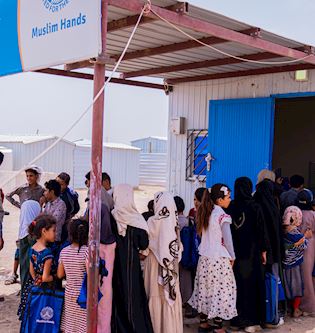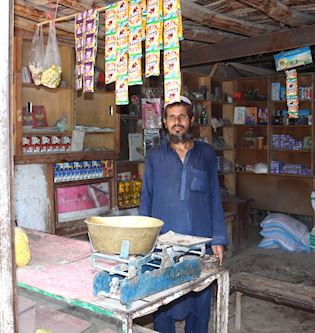Explore the Sacred Sites of Medina: A Journey Through Islamic History

Al-Masjid an-Nabawi (The Prophet's Mosque): Located at the heart of Medina, Al-Masjid an-Nabawi is an architectural masterpiece. Founded by the Prophet Muhammad (peace be upon him) in 622 CE, it holds the Prophet's tomb and remains a center for worship. With its iconic green dome and expansive courtyards, the mosque welcomes millions of pilgrims each year, offering them a place to pray and connect with Allah (swt).
Masjid Quba: Situated approximately 3.5 kilometers south of Al-Masjid an-Nabawi, Masjid Quba is believed to be the first mosque built in Islam. Established by the Prophet Muhammad (peace be upon him) during his migration to Medina, it marks the beginning of the Islamic calendar (Hijri) and serves as a symbol of faith. Its simple yet elegant design makes it a popular destination for pilgrims.
Masjid al-Qiblatain (Mosque of the Two Qiblas): Masjid al-Qiblatain is known for its historical significance as the site where the Qibla (direction of prayer) was changed from Jerusalem to Mecca. Located in the western part of Medina, the mosque features two prayer niches (mihrabs). Pilgrims and visitors visit Masjid al-Qiblatain to offer prayers and learn about Islamic history.
Bi'r Ghars: Bi'r Ghars, or the Well of Ghars, holds a special place in Islamic history as the well where the Prophet Muhammad (peace be upon him) performed ablution before the Battle of Uhud. Located near the mountain of Uhud, the well serves as a reminder of the Prophet's preparation and dedication to prayer amid the challenges of war. Pilgrims often visit Bi'r Ghars to draw inspiration and reflect on the importance of spiritual readiness in times of adversity.
Jabal Uhud (Mount Uhud): Jabal Uhud, the mountainous terrain where the Battle of Uhud took place, is a site of pilgrimage and reflection for Muslims. Located north of Medina, it holds historical significance as the site of a battle between the early Muslim community and their adversaries. Pilgrims ascend Jabal Uhud to pay homage to the martyrs, seek forgiveness, and draw strength from the lessons of resilience and perseverance exemplified by the companions of the Prophet.
Masjid al-Ghamamah (Mosque of the Clouds): Masjid al-Ghamamah, also known as the Mosque of the Clouds, is situated near Jabal Uhud and commemorates an event from the life of the Prophet Muhammad (peace be upon him). According to tradition, the Prophet once prayed for rain at this location during a period of drought, and his supplication was answered. The mosque serves as a reminder of the Prophet's reliance on prayer and his love for nature.
Jannat al Baqi (Baqi' Cemetery): Jannat al Baqi, or the Garden of Baqi', is one of the oldest Islamic cemeteries, located near Masjid al-Nabawi. It serves as the final resting place for many companions of the Prophet Muhammad (peace be upon him) and other prominent figures in Islamic history. Pilgrims visit Jannat al Baqi to pay their respects to the departed souls and offer prayers for their forgiveness.
Jabal Ayr, Jabal Rumah, and Jabal Fath: These mountains surrounding Medina are associated with various events from the Prophet Muhammad's (peace be upon him) life. Jabal Ayr is believed to be the place where the Prophet and his companions rested during the Battle of the Trench, while Jabal Rumah is significant for its association with the Treaty of Hudaybiyyah in 628 CE, a pivotal agreement between Muslims of Medina and the Quraysh tribe of Makkah. This treaty, a milestone, provided a period of peace and facilitated the peaceful spread of Islam. Jabal Fath, meaning the Mountain of Victory, commemorates a significant triumph of the early Muslim community.















